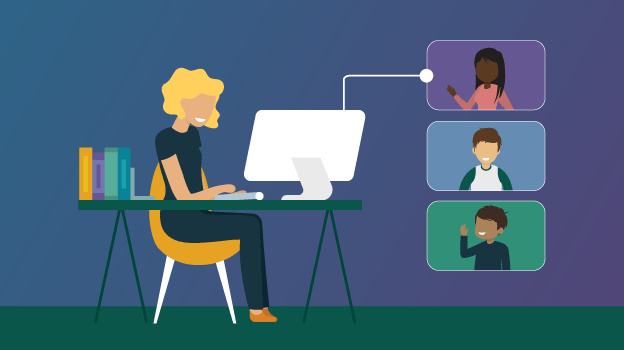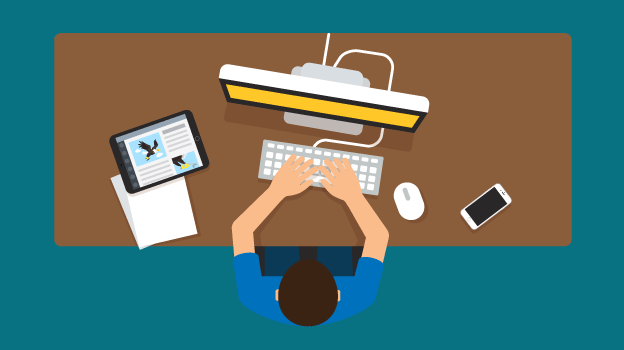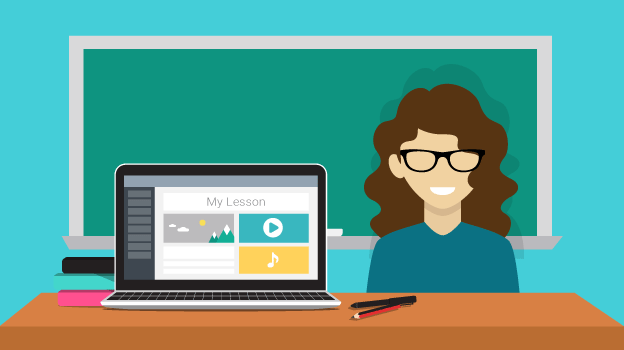
Applying the Universal Design for Learning in the classroom
Each classroom is made up of a very diverse group of individuals, yet the curriculum is the same for everyone. Maybe, if we design the curriculum to be more flexible and adaptable to meet the diverse needs of students, learning outcomes will improve for most of them. This is the basic idea of Universal Design for Learning (UDL).
The 3 principles of UDL
- Providing multiple means of representation
Teachers should present the learning content in more than one way.
- Providing multiple means of engagement
Teachers need to identify the best way to spark an interest in students' minds with each lesson.
- Providing multiple means of action and expression
Students should be able to demonstrate their learning in various ways.
How to implement UDL in the classroom
- Ensure the flexibility of the physical learning environment
In a UDL classroom there must be flexible work spaces for students. The classroom should include spaces for group instruction, small and large group work, and also for quiet individual work.
- Establish clear learning goals with students
UDL allows the learning journey to correspond to students’ individual needs and establish smaller and more personalized goals together with each student along the way.
- Determine the types of content that best support student learning
If students can’t access information, they can’t learn it. In a UDL classroom, all learning content — text, visuals, audio files, videos, etc. — must be accessible for all types of learners.
- Consider together all the assessment types
A UDL classroom offers multiple ways for students to prove mastery of new concepts. As long as they meet their learning goals students should be allowed to complete various types of assignments.
- Agree on the purpose of feedback and grades
With UDL, students get feedback as often as they need it, so they are able to continue their learning journey in the same direction or make adjustments if they somehow fall off the tracks.
- Consider the supporting edtech tools
UDL would not be possible without technology. Consider an LMS with adaptive learning features, personalized learning paths and many types of assessments, as well as other tools and websites.
Resources
Visit our Blog for insightful posts on edtech for K-12 and Higher Ed.







